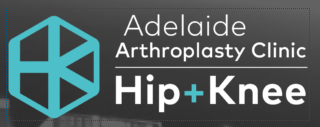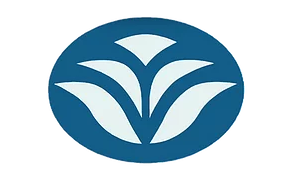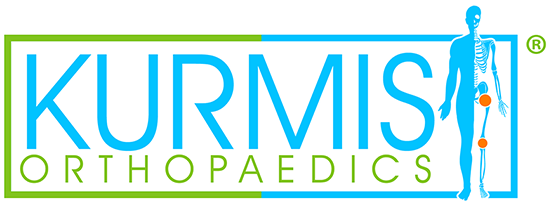WHAT IS TAPING?
Taping is a very popular and common additional treatment technique used across varied Physiotherapy disciplines including sports, musculoskeletal and neurological conditions.
The two most common taping techniques utilise rigid and flexible – Kinesiology taping.
The type of taping technique used by your physiotherapist is dependent on the condition you present with and the type of effect intended.
Rigid taping…what is it?
This type of taping technique is used when we need to restrict movement and provide firm support.
A few common conditions that may benefit from rigid taping are;
- Acute low back pain
- Ankle sprain
- Wrist instability
Kinesiology Taping…how do you even say it?
Don’t worry we’ve you’re back, here’s how you pronounce it: kuh·nee·zee·o·luh·jee
This technique of taping can be used for various soft tissue injuries and inflammatory conditions. Since it is almost similar to human skin in both thickness and elasticity, it is very effective in stimulating proprioceptors (sensory receptors) and allows for better body awareness.
Some common conditions that require kinesiology taping are;
- Tennis elbow
- Patello-Femoral (Knee) dysfunctions
- Rotator cuff related shoulder pain
BENEFITS OF TAPING
Taping isn’t just for stability – here are our top 7 benefits;
1) Swelling control
2) Pain relief
3) Muscle support
4) Injury prevention
5) Offload injured structures
6) Stimulate receptors that help with body awareness
7) Postural awareness.
See photos below of the two types of taping.
1) RIGID TAPING

2) KINESIOLOGY TAPING

Our physiotherapy team all have training in these taping techniques and can discuss with you if this is the most appropriate treatment for your condition.
Author: Samantha David
For more information, phone The Physio Clinic on 8342 1233 or click below to book online























